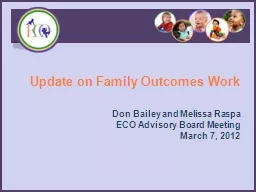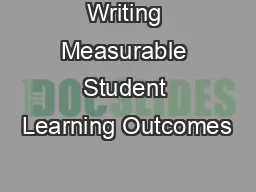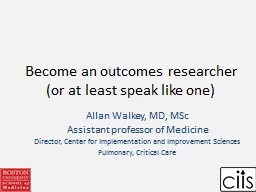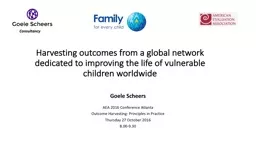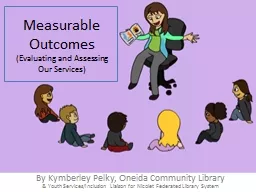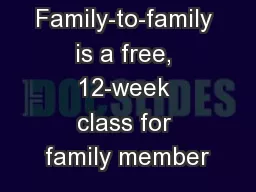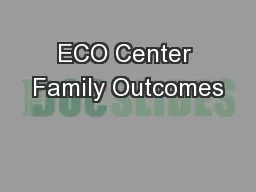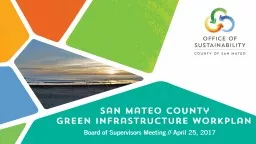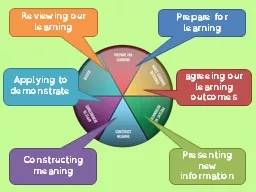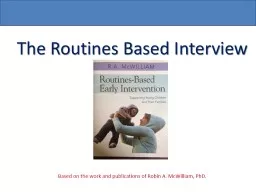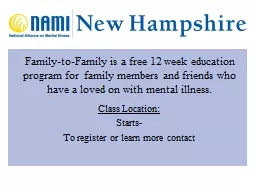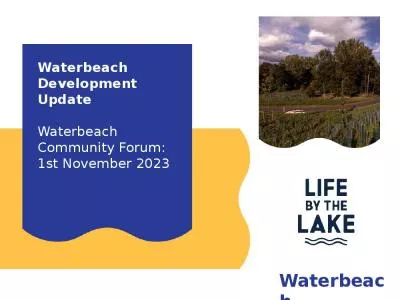PPT-Update on Family Outcomes Work
Author : test | Published Date : 2019-11-21
Update on Family Outcomes Work Don Bailey and Melissa Raspa ECO Advisory Board Meeting March 7 2012 Goals for Today Provide update on family outcomes APR data Introduce
Presentation Embed Code
Download Presentation
Download Presentation The PPT/PDF document "Update on Family Outcomes Work" is the property of its rightful owner. Permission is granted to download and print the materials on this website for personal, non-commercial use only, and to display it on your personal computer provided you do not modify the materials and that you retain all copyright notices contained in the materials. By downloading content from our website, you accept the terms of this agreement.
Update on Family Outcomes Work: Transcript
Download Rules Of Document
"Update on Family Outcomes Work"The content belongs to its owner. You may download and print it for personal use, without modification, and keep all copyright notices. By downloading, you agree to these terms.
Related Documents

